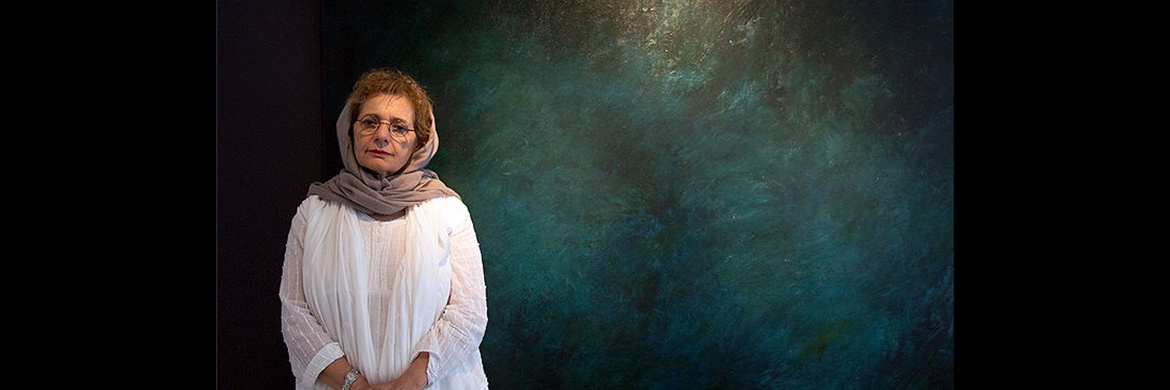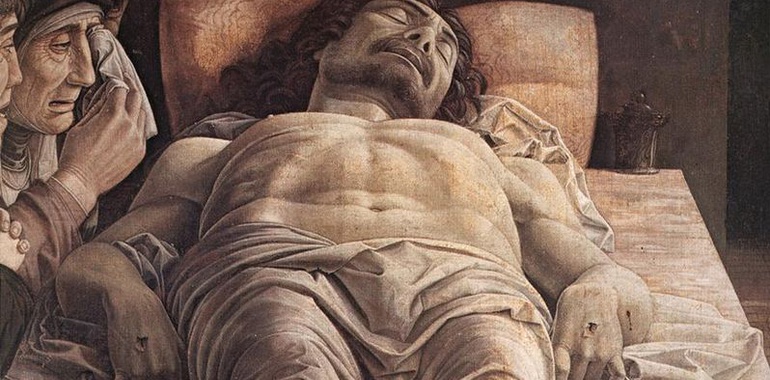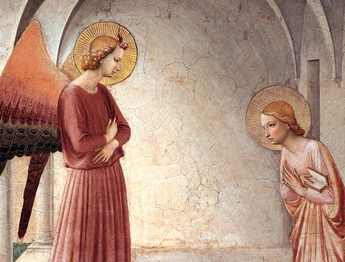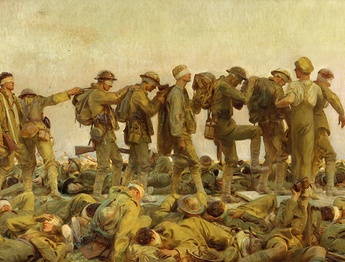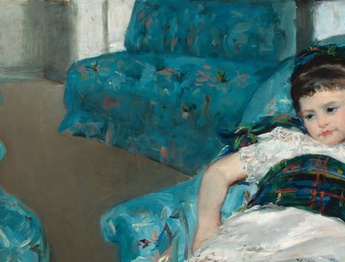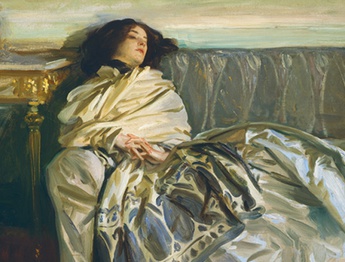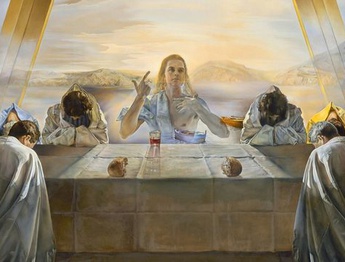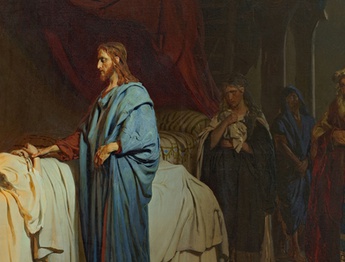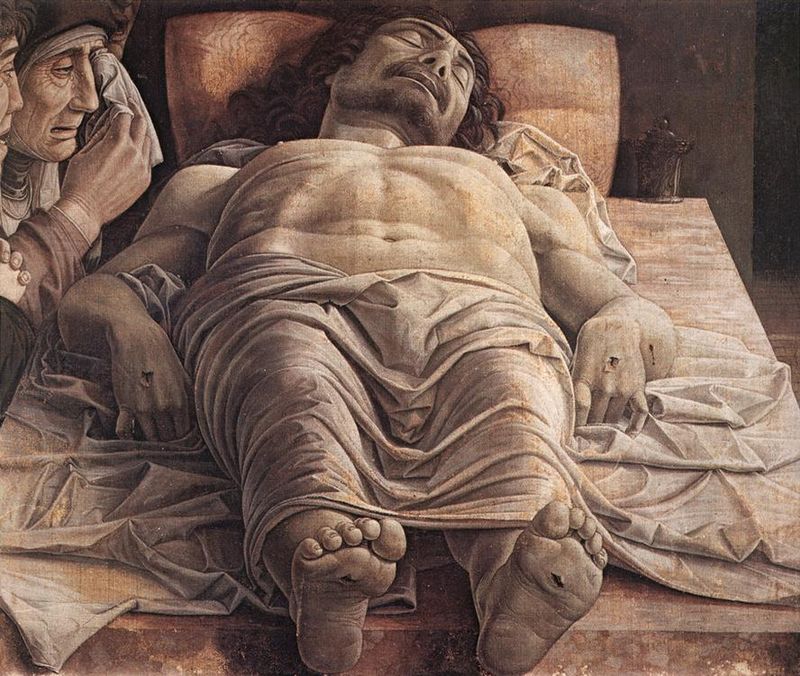
In the Mourning of Christ/ Tempera on canvas/ 68 x 81 cm/ 1470 AD/ Pinacoteca di Brera Gallery in Milan
Andrea Mantegna was a 15th century Italian painter. One of his famous works is the "Mourning Christ" painting. "In the Mourning of Christ" shows the lifeless body of Jesus Christ on a marble tablet with Saint Mary and John weeping over it.
The subject of this painting was one of the favorite subjects of Renaissance period artists, although the painter's approach in this work was considered an innovation to some extent for that time. In most of the paintings of that time, the mourners have more contact with the body. The high contrast of lights and shadows gives more effect to the depth of emotions. The realism and sadness in the scene has been increased by deepening, the image of the body in a sleeping position and emphasizing the details of the body.
This drawing is used in the lesson examples of perspective professional education. At first glance, it seems that the painter has shown the perspective carefully, but by examining it, you can see that the painter has made the figure's legs shorter than usual so that they are less visible in the picture.
The body of Christ in this painting is pale, his head is on the side and it is depicted as if it is a normal human body, but still it shows the holiness and in one word it is the expression of "now man"."Now man" is a quote from Pontius Pilate that is found in the Vulgate translation from the fifth verse of the nineteenth chapter of the Gospel of John. Pilate, who was the Roman ruler of Jerusalem, shortly before Jesus was crucified, showed Christ to the angry people and said, "now man." This word and scene has been used a lot in Christian art.
Prepared and arranged by: Narges Saheb Ekhtiari
